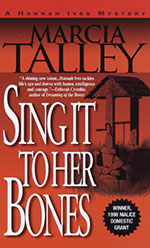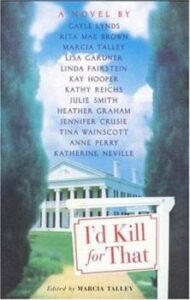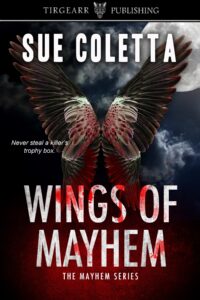
By Elaine Viets
Does the novel you’re writing have a long dream sequence? And it’s in italics, to enhance the ethereal effect? How about sizzling sex scenes? And, for comic relief, a talking cat who solves crimes and a wisecracking kid who’s five going on forty?
Uh, you may want to rethink that work in progress.
Ron Charles, the Washington Post book critic, “asked readers of our Book Club newsletter to describe the things that most annoy them in books. The responses were a tsunami of bile.”
Here are some things that Ron salvaged from the tsunami.
 (1) Readers hate dream sequences.
(1) Readers hate dream sequences.
Yes, I know dream sequences are a staple of literature. In Crime and Punishment, Raskolnikov has guilty dreams, including one about a whipped mare. In Harry Potter and the Order of the Phoenix, the Boy Who Lived is deceived by thoughts implanted by a bad guy. Winston in 1984 worries his dreams will get him in trouble with the Thought Police. A Christmas Carol is a long life-changing dream. And then there’s Shakespeare’s A Midsummer Night’s Dream.
So why should we be wary of dream sequences?
Raging readers told Ron Charles this:
“‘I absolutely hate dream sequences,’ writes Michael Ream. ‘They are always SO LITERAL,’ Jennifer Gaffney adds, ‘usually an example of lazy writing.’”
Aha! So readers hate lazy writing and literal dream sequences. Writing coaches caution writers to avoid cheap tricks, especially the old “and then I woke up” dodge. They say you can use dream sequences if the dreams are premonitions, illustrate an important inner conflict, or help a protagonist realize something major. In short, the dreams must advance the plot. So craft your dream sequences carefully.

(2) Readers hate historical anachronisms and factual inaccuracies.
The Washington Post says, “Karen Viglione Lauterwasser despairs over errors ‘like calling the divisions in a hockey game “quarters” or having a pentagon-shaped table with six chairs.’ Deborah Gravel warns authors that taking a cruise to Alaska is not enough to write a novel about the Last Frontier. Kristi Hart explains that when your characters are boiling maple sap to make syrup, they should not be stirring it. ‘You just boil it until the sugar content is correct, and then you’re done.’”
My pet peeve includes the treatment of black people in historical novels in the first half of the Twentieth Century. With some exceptions, until the late 1950s or 1960s, black people were not allowed to eat in most white restaurants or sit at lunch counters with whites. Nor could they stay at white hotels, go to white schools, use white toilets, or even drink out of white people’s water fountains.
In 1968, I encountered my first segregated water fountain, on a trip through Mississippi. In the local courthouse, the white people drank chilled water from a modern metal fountain. Black people had to drink warm water from a dinky white porcelain fountain. At a Catholic church in the same state, my family arrived late for the service, so we sat in the back. An usher told us that section was for black people (actually, he said “Negroes”) and we had to move.
Encountering this segregation was shocking, but it existed, and to deny it in novels is to deny the shame, hurt and humiliation black people suffered – and still do.
(3) Readers hate typos and grammatical errors.
This is also bugaboo for TKZ readers and writers, and we’ve written often about how to catch typos, while understanding those slippery little devils slip into the best books. But typos seem to be getting worse, especially since traditional publishers are cutting back on copy editors and some indie authors don’t hire them.
The Washington Post noted: “Patricia Tannian, a retired copy editor, writes, ‘It seems that few authors can spell “minuscule” or know the difference between ‘flout’ and ‘flaunt.’ Katherine A. Powers, Book World’s audiobook reviewer, laments that so many ‘authors don’t know the difference between “lie” and “lay.’” TKZ’s Terry Odell wrote a helpful blog on that subject. Read it and sin no more. https://killzoneblog.com/2023/03/are-you-lying-or-laying-around.html
 Personally, I wish writers would know the difference between grizzly and grisly murders. While it’s true the Cocaine Bear and some bears in the wild do kill humans, in most mysteries humans performing those grisly murders.
Personally, I wish writers would know the difference between grizzly and grisly murders. While it’s true the Cocaine Bear and some bears in the wild do kill humans, in most mysteries humans performing those grisly murders.
And please realize that the South American country is spelled Colombia, not Columbia. There’s more, but it’s not a good idea to get me started.
“While we’re at it,” the Washington Post wrote, “let’s avoid ‘bemused.’ Bemused ‘doesn’t mean what you think it means,’ says Paula Willey.”
And please, please learn how to use “chute,” as in where you toss your dirty clothes. I’ve seen major writers call it a “laundry shoot,” which can put holes in clothes.

(4) Readers hate bloated books.
According to the Washington Post, “Jean Murray says, ‘First books by best-selling authors are reasonable in length; then they start believing that every word they write is golden and shouldn’t be cut.’ She notes that Elizabeth George’s first novel, A Great Deliverance, was 432 pages. Her most recent, Something to Hide, is more than 700.
“But it’s not just the books that are too long,” the WashPo says. “Everything in them is too long, too. Readers complained about interminable prologues, introductions, expositions, chapters, explanations, descriptions, paragraphs, sentences, conversations, sex scenes, fistfights and italicized passages.”
(5) Readers hate long italicized passages.
“‘Long passages in italics drive me nuts,’ Susan Spénard told the Washington Post.
“‘Cormac McCarthy does entire chapters in italics,’ adds Nathan Pate. ‘Only the rest of his writing redeems that.’”
(6) Readers hate when writers don’t use quote marks.
“‘Sometimes you have to reread a passage to determine who is speaking,’ one reader said.
Quick now, a few more complaints:
(7) Readers hate “gratuitously confusing timelines.”
“‘Everything doesn’t have to be a linear timeline,’ concedes Kate Stevens, ‘but often authors seem to employ a structure that makes the book unreadable (or at least very difficult to follow). There seems to be no reason why this is done other than to show off how clever they are.’”
(8) Readers hate two kinds of show-offs.

“Unrealistically clever children or talking animals . . . are deeply irksome in novels — along with disabled characters who exist only to provide treacly inspiration.”
Some cozy readers adore talking animals who solve crimes, so this objection doesn’t apply to everyone.
(9) A few more things readers hate, according the Washington Post:
– “Susan C. Falbo is tired of ‘protagonists who have had a hard day, finally stagger home and take a scalding hot shower.’” My protagonists sometimes do that, so I guess the key here is to not overdo it.
 – “Connie Ogle and Susan Dee have had it with ‘lip biting.’ Ogle explains, ‘If real people bit their lips with the frightening regularity of fictional characters, our mouths would be a bloody mess.’
– “Connie Ogle and Susan Dee have had it with ‘lip biting.’ Ogle explains, ‘If real people bit their lips with the frightening regularity of fictional characters, our mouths would be a bloody mess.’
– “Gianna LaMorte is tired of seeing ‘someone escape a small town and rent a large house, get a job at a local paper or make a living gardening.’” The person who flees to a small town and makes a living writing for a newspaper gets my goat. Especially if they have their own office and come and go as they please. Small town newspapers barely pay enough to keep reporters in cat food. And editors want to know where they can reach you at all times.
 And I’m with Tobin Anderson, who wrote, “Vomiting is the new crying. I think it’s part of the whole hyper-valuation of trauma — and somehow tears seem too weak, too mundane. But imagine a funeral filled with upchuckers.” I’m seeing a lot of barfing on TV these days, and watching folks toss their cookies while I’m eating in front of the tube makes me want to . . . well, you get the point.
And I’m with Tobin Anderson, who wrote, “Vomiting is the new crying. I think it’s part of the whole hyper-valuation of trauma — and somehow tears seem too weak, too mundane. But imagine a funeral filled with upchuckers.” I’m seeing a lot of barfing on TV these days, and watching folks toss their cookies while I’m eating in front of the tube makes me want to . . . well, you get the point.
So, TKZ readers, what are your pet peeves?
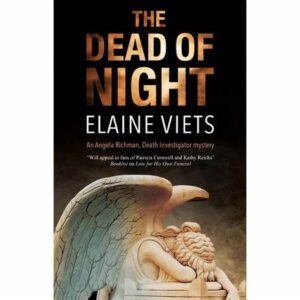 Pre-order my new Angela Richman, Death Investigator mystery, The Dead of Night, to be published April 4. https://www.amazon.com/gp/product/1448310350/ref=ox_sc_saved_image_3?smid=ATVPDKIKX0DER&psc=1
Pre-order my new Angela Richman, Death Investigator mystery, The Dead of Night, to be published April 4. https://www.amazon.com/gp/product/1448310350/ref=ox_sc_saved_image_3?smid=ATVPDKIKX0DER&psc=1

 Let me preface this post by saying, discussing my personal struggles with pain is my least favorite subject. The only reason I’m even broaching this subject is because I discovered a cool connection between writing and pain management, and I hope it’ll help those who need it.
Let me preface this post by saying, discussing my personal struggles with pain is my least favorite subject. The only reason I’m even broaching this subject is because I discovered a cool connection between writing and pain management, and I hope it’ll help those who need it. The word “success” has various meanings. Some writers stay laser-focused on the end result, but I propose that we step back, slow down, and view success as footprints in the sand. Each footprint represents one day.
The word “success” has various meanings. Some writers stay laser-focused on the end result, but I propose that we step back, slow down, and view success as footprints in the sand. Each footprint represents one day.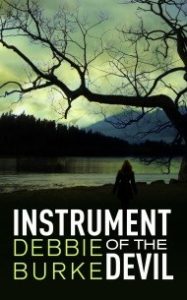
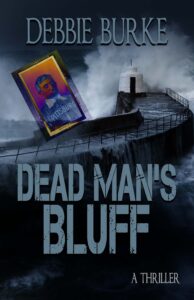
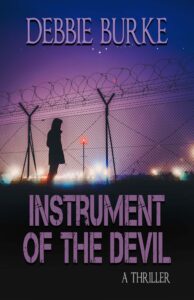
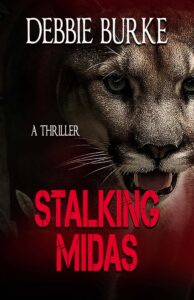
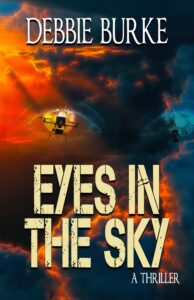
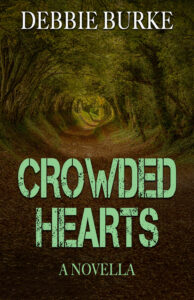
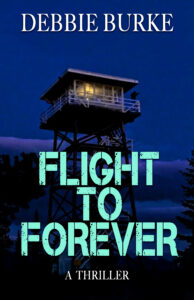
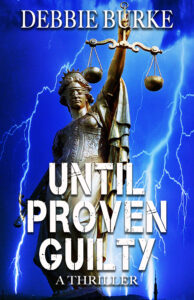
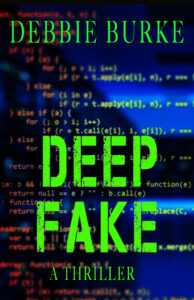
 By Elaine Viets
By Elaine Viets Not as catchy as Fifty Shades of Grey, is it?
Not as catchy as Fifty Shades of Grey, is it? I expected to be hit by lightning just for reading this title: Jesus Potter Harry Christ: The astonishing relationship between two of the world’s most popular literary characters: a historical investigation into the mythology and literature of Jesus Christ and the religious symbolism in Rowling’s magical series.
I expected to be hit by lightning just for reading this title: Jesus Potter Harry Christ: The astonishing relationship between two of the world’s most popular literary characters: a historical investigation into the mythology and literature of Jesus Christ and the religious symbolism in Rowling’s magical series.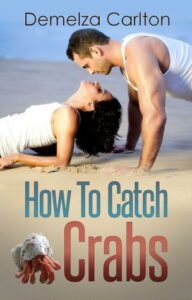
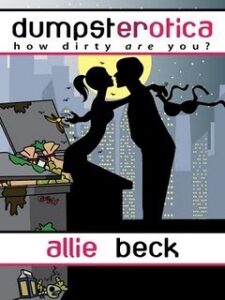 And here’s a really trashy novel: Dumpsterotica: How Dirty Are You? Described as an “erotic comedy series,” this short story “puts the ‘rot’ in erotica; after reading this you’ll never look at a Dumpster the same way again.”I’ve already changed my mind about Dumpsters.
And here’s a really trashy novel: Dumpsterotica: How Dirty Are You? Described as an “erotic comedy series,” this short story “puts the ‘rot’ in erotica; after reading this you’ll never look at a Dumpster the same way again.”I’ve already changed my mind about Dumpsters. The Guernsey Literary and Potato Peel Pie Society also made the list. I liked the book and the movie, but the cover has nothing to do with the title.
The Guernsey Literary and Potato Peel Pie Society also made the list. I liked the book and the movie, but the cover has nothing to do with the title.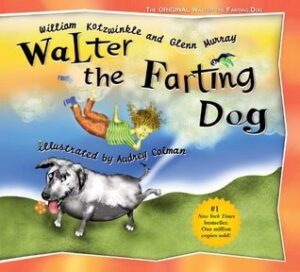


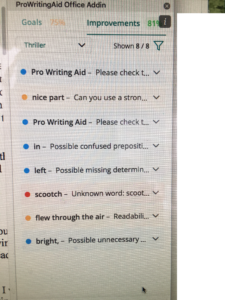
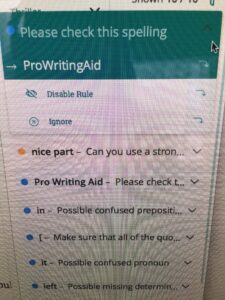
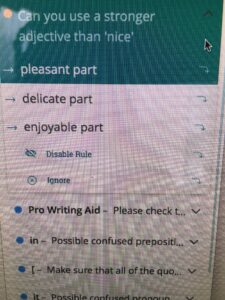
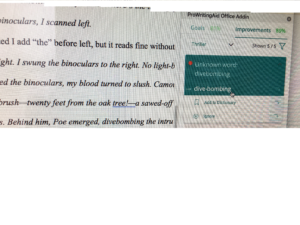
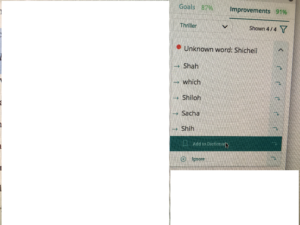
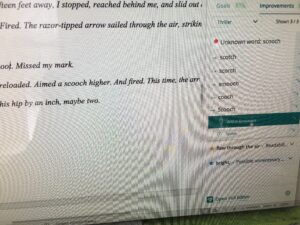
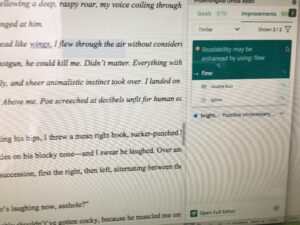
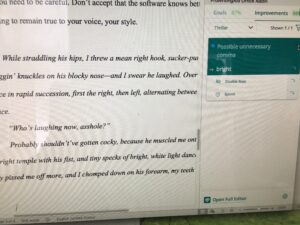

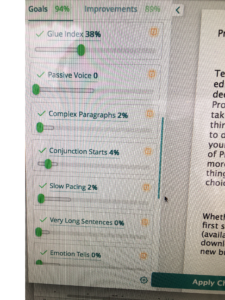
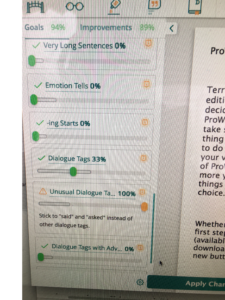
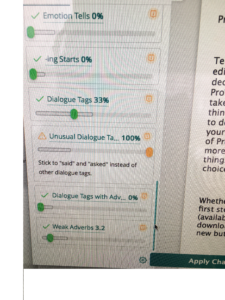
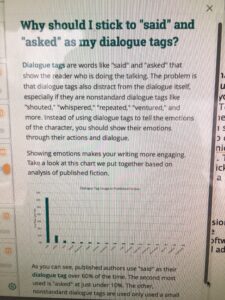
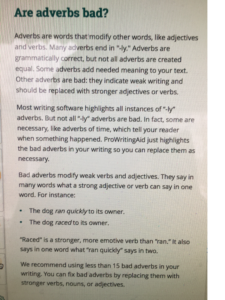

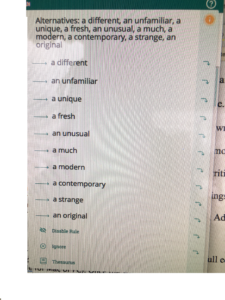




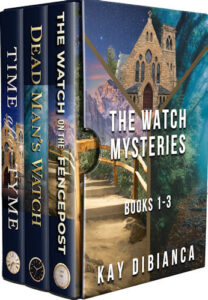
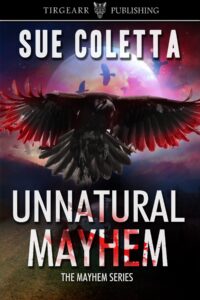 With the fate of the Natural World at stake, can a cat burglar, warrior, and Medicine Man stop trophy hunters before it’s too late?
With the fate of the Natural World at stake, can a cat burglar, warrior, and Medicine Man stop trophy hunters before it’s too late?
